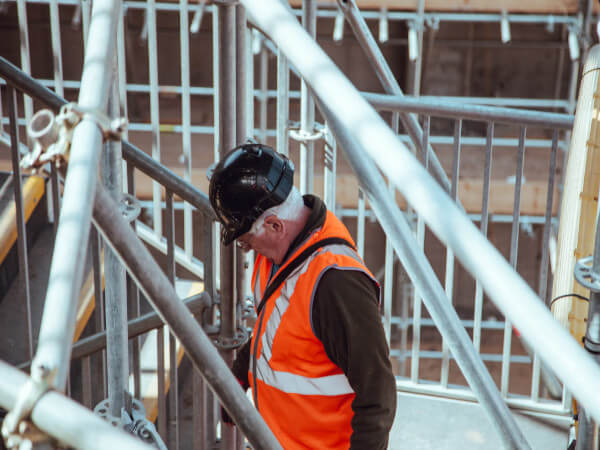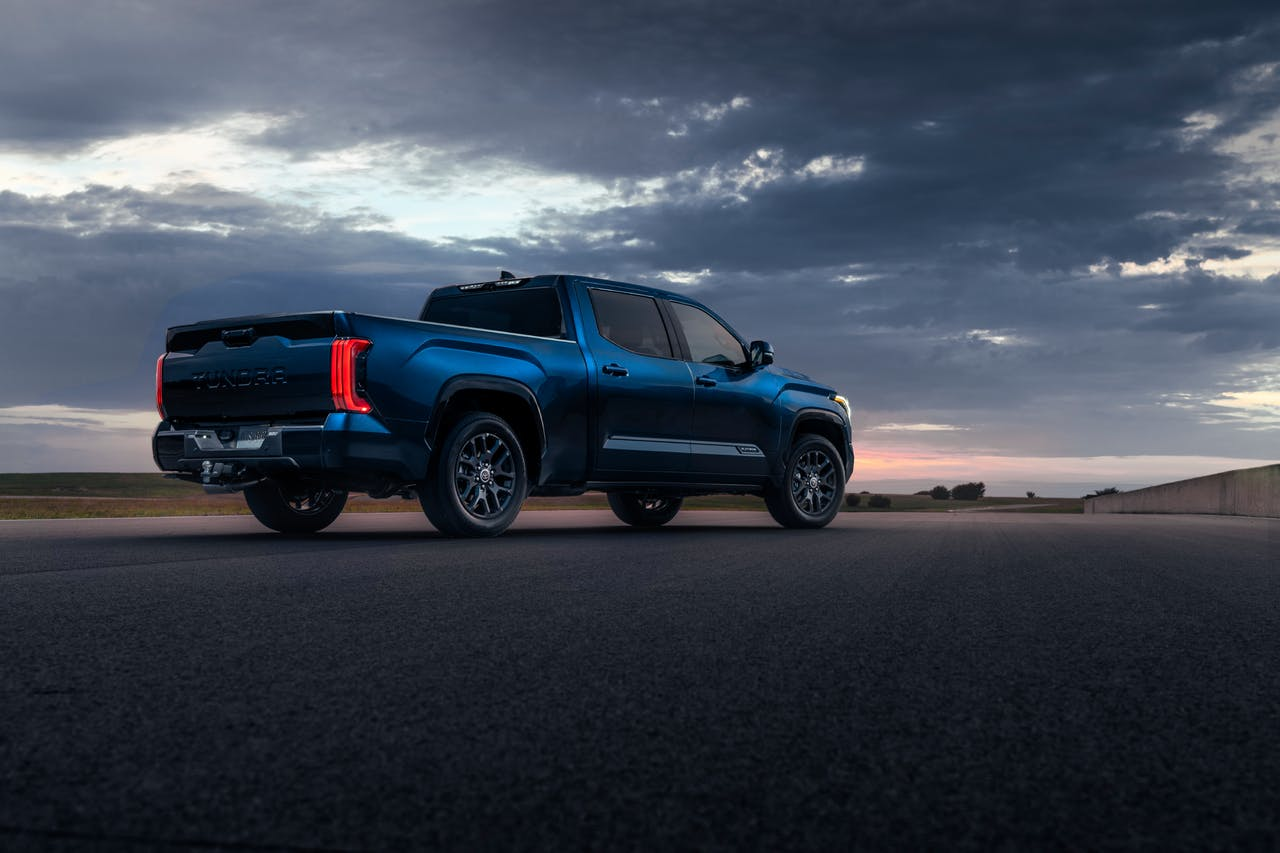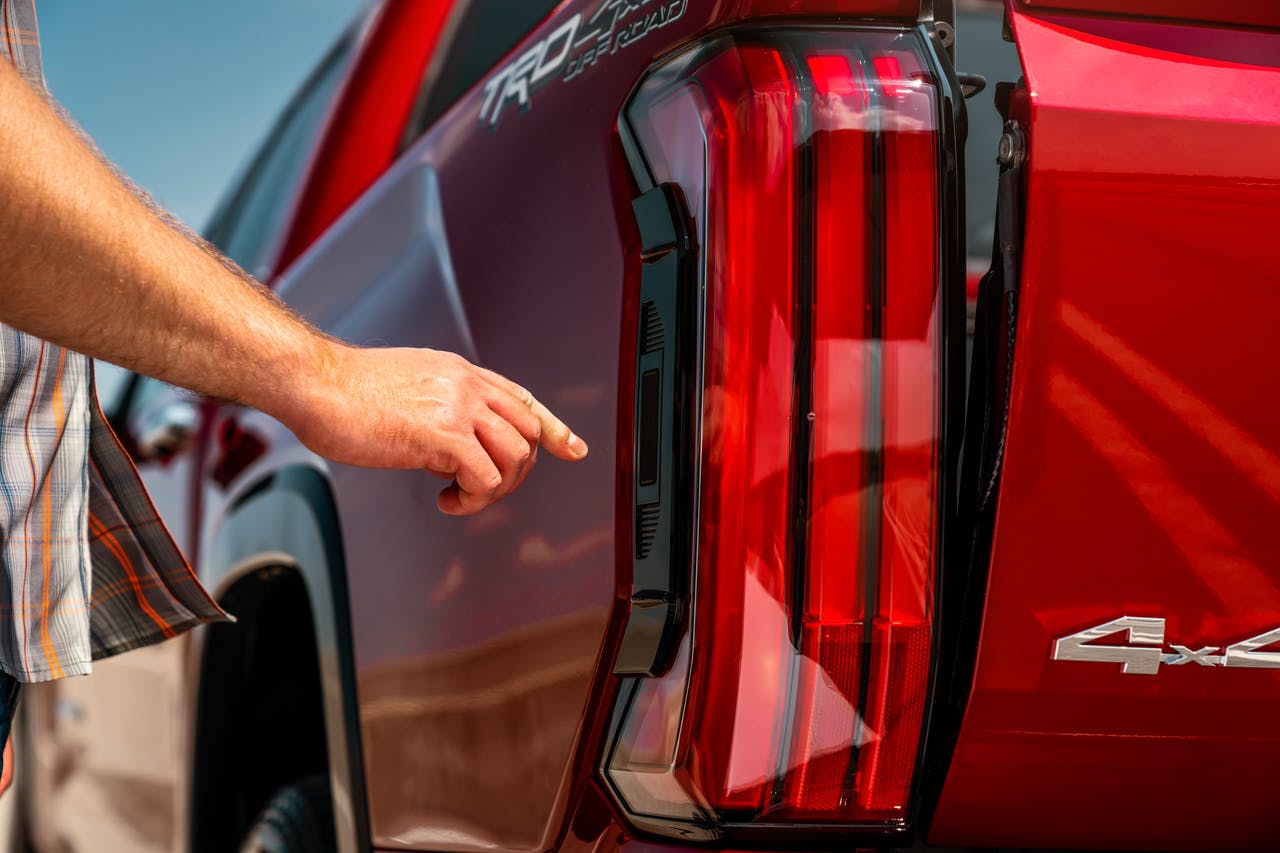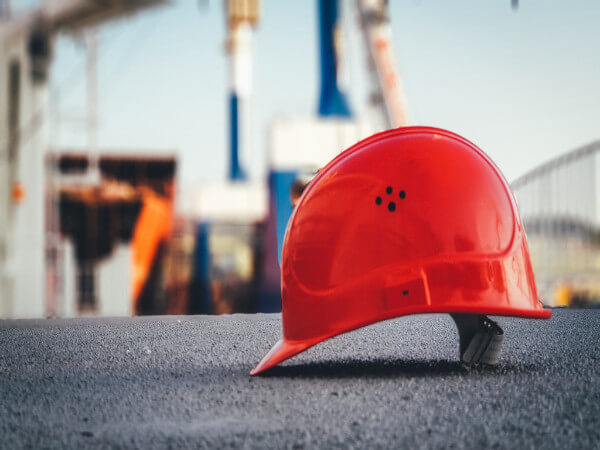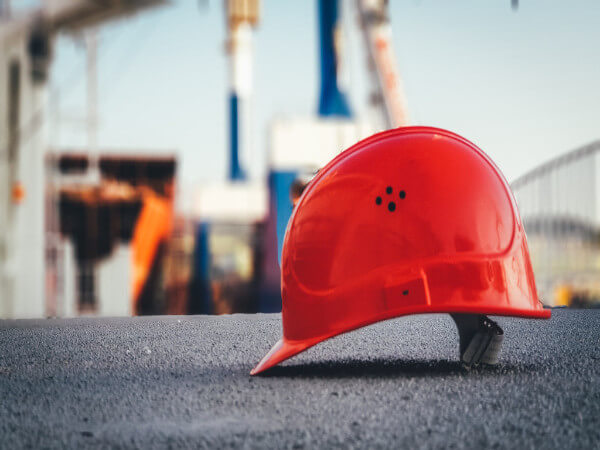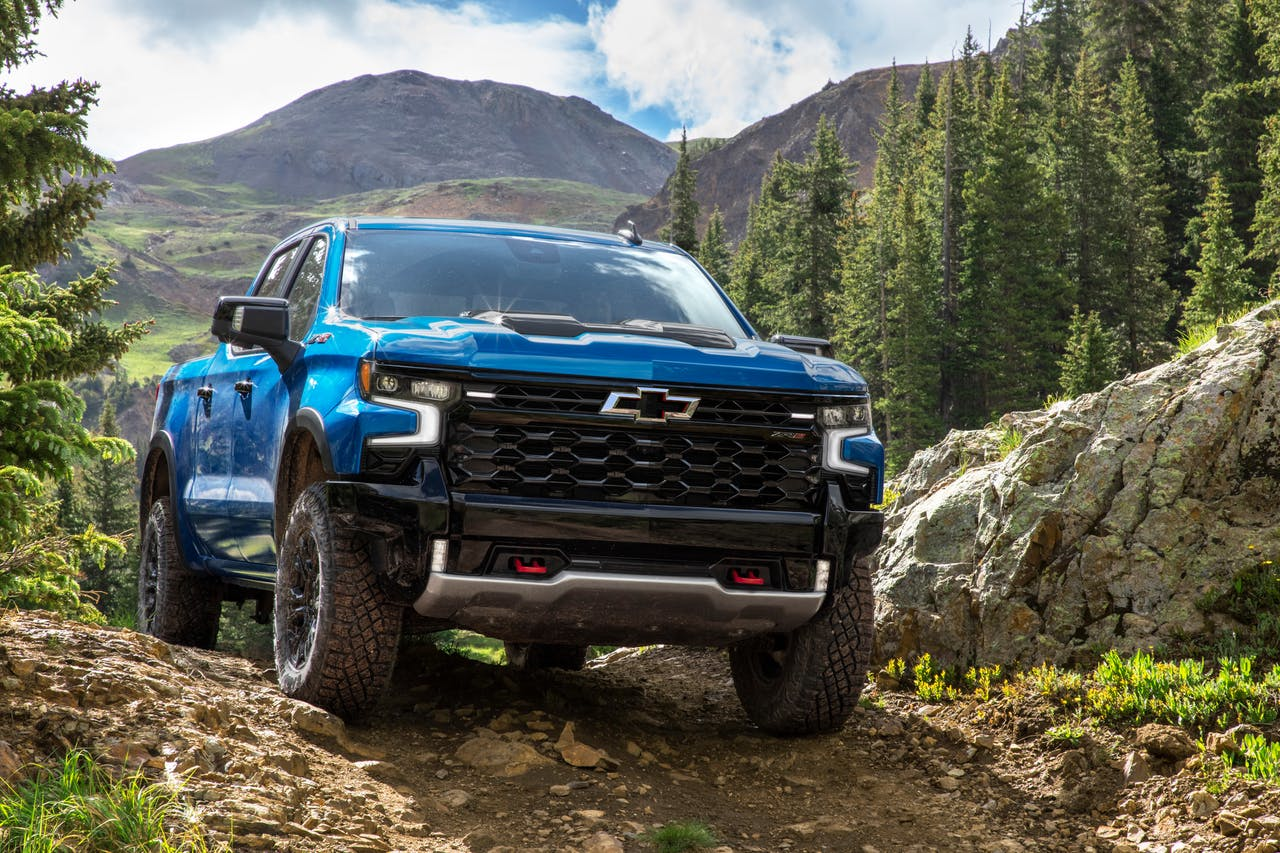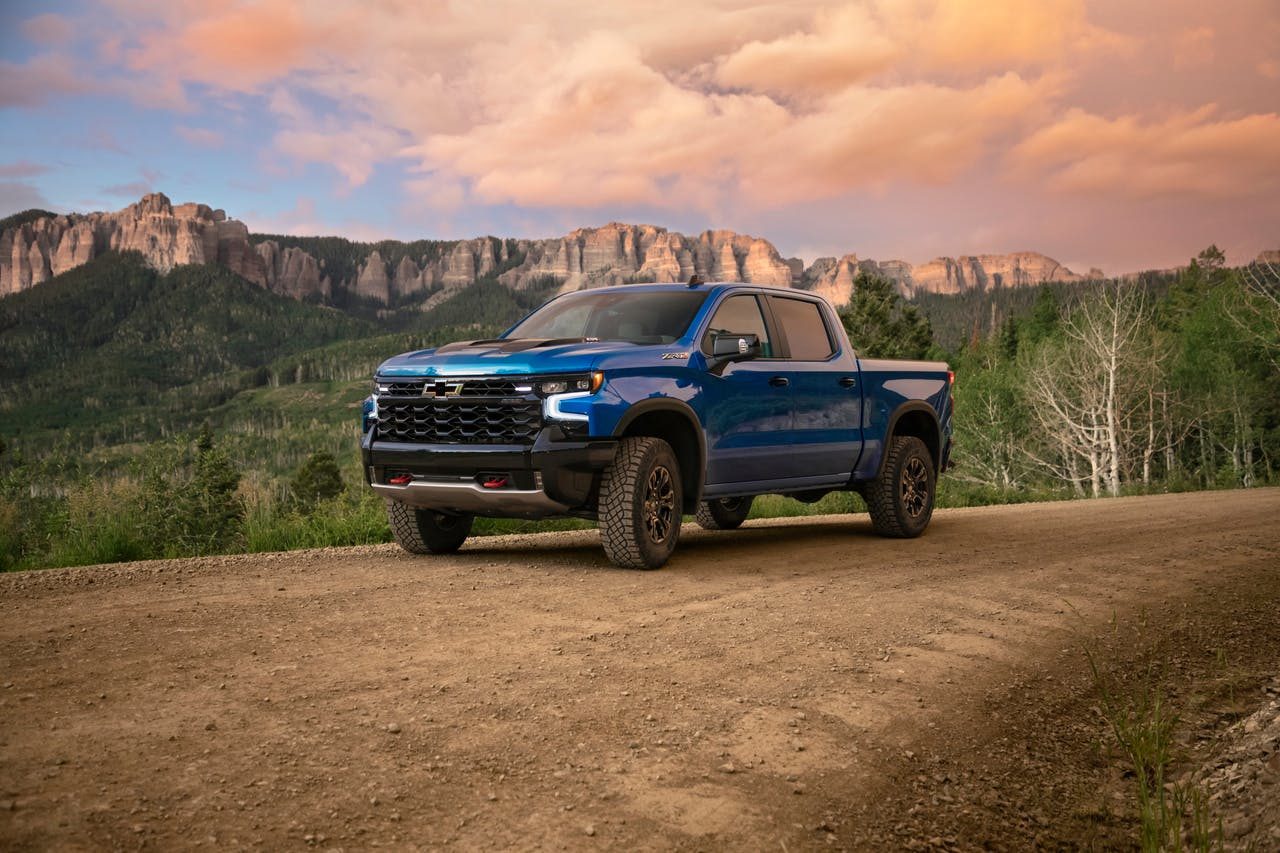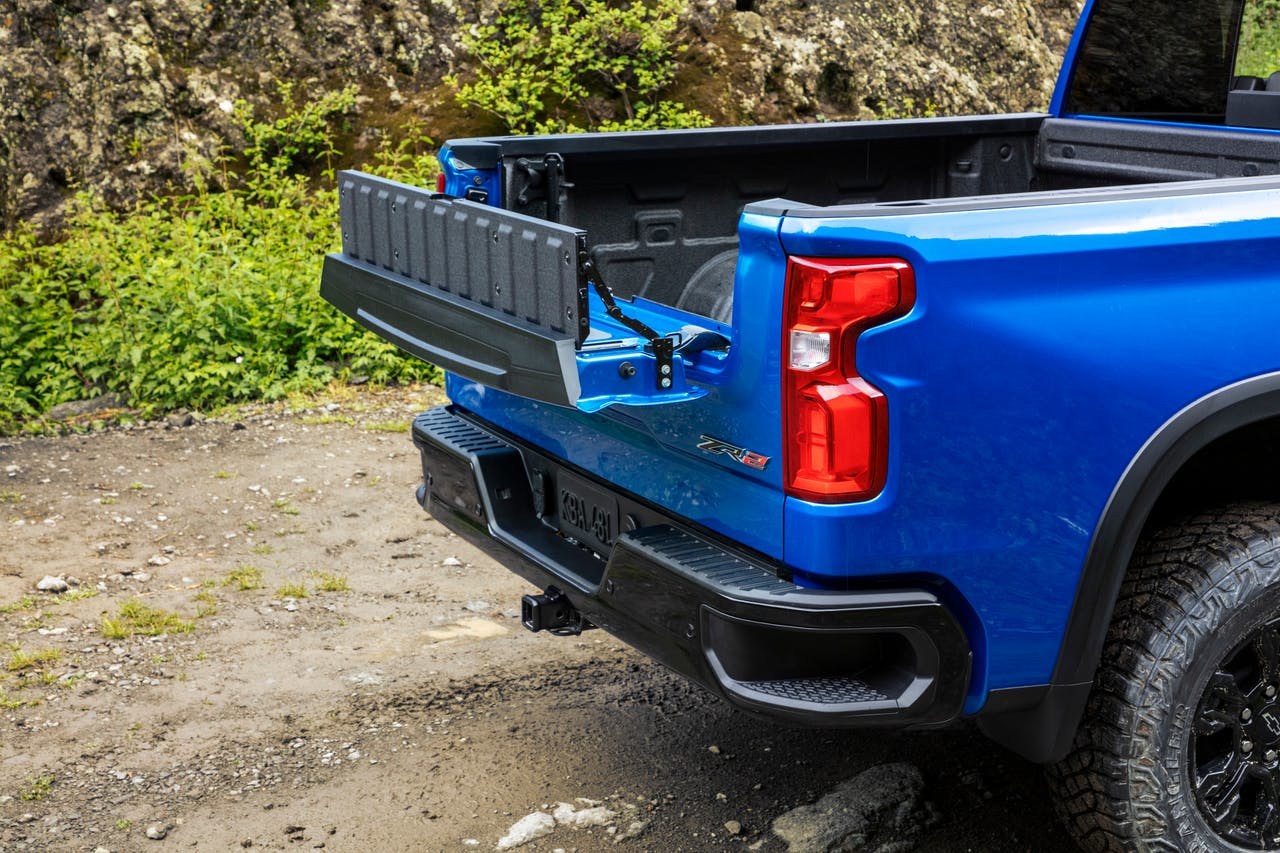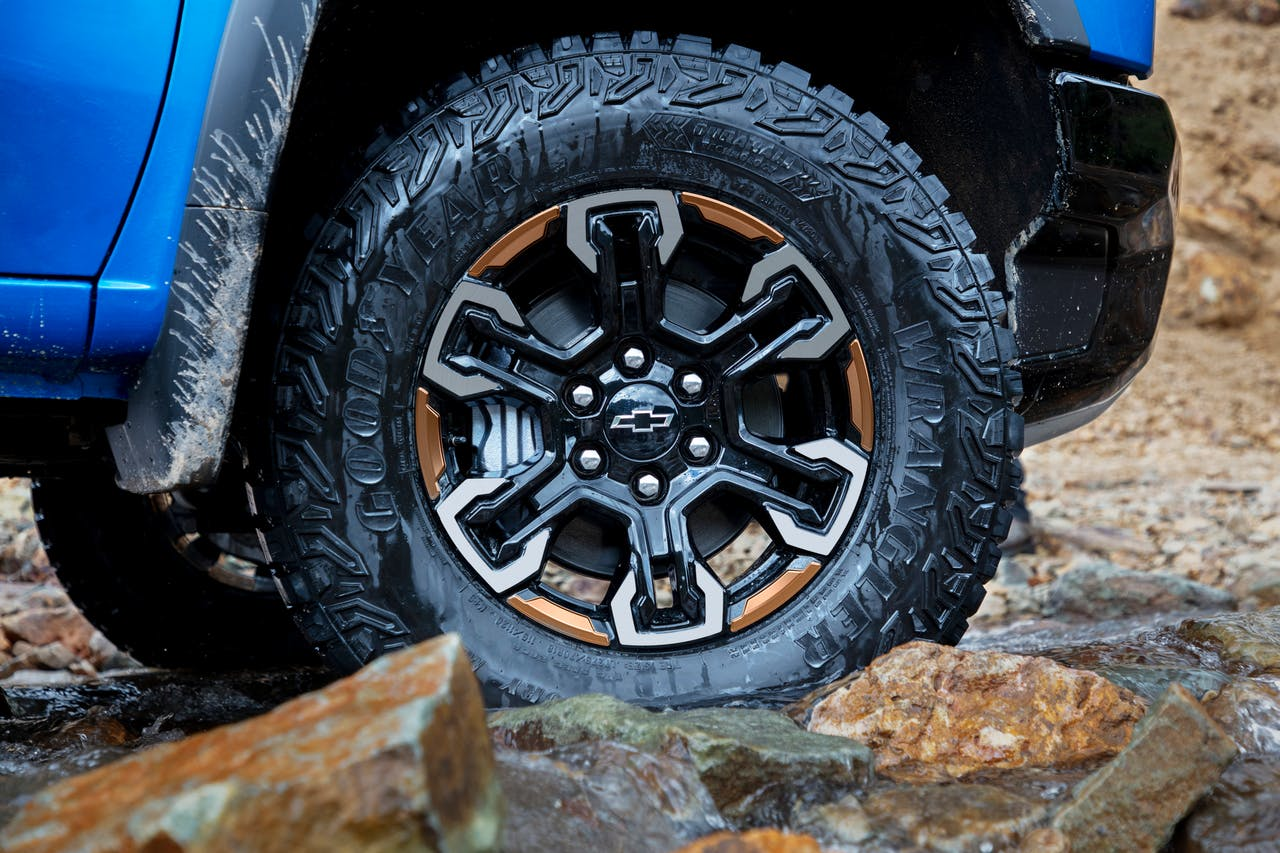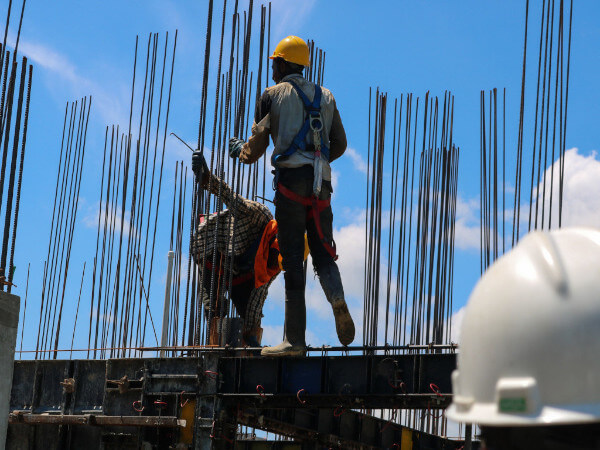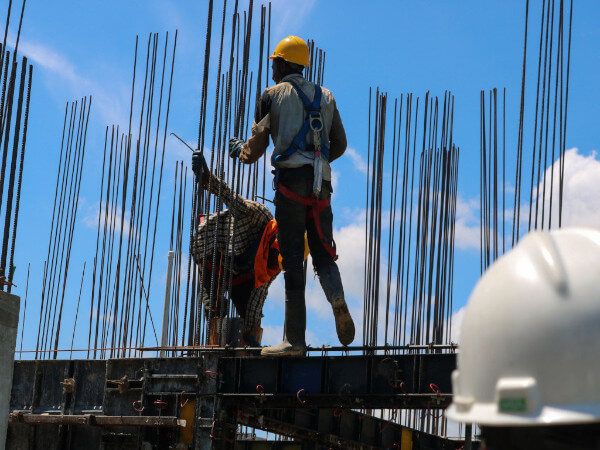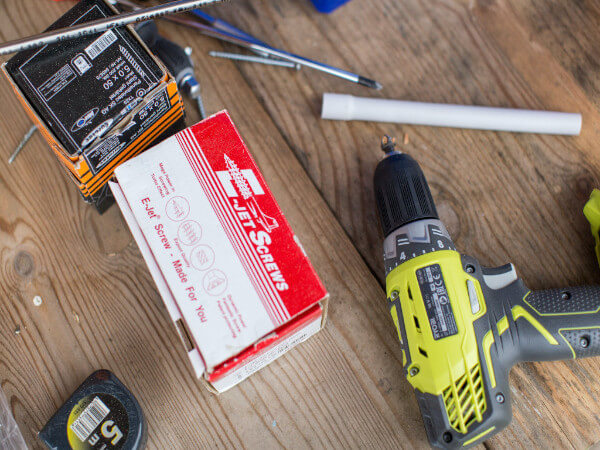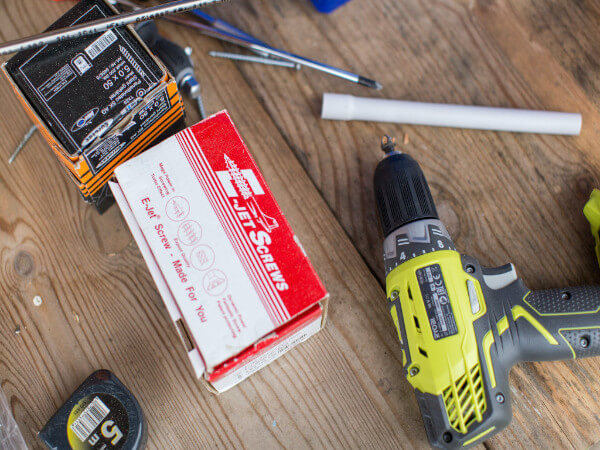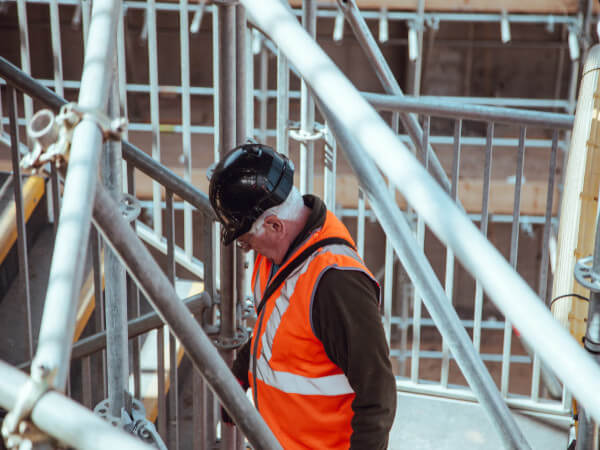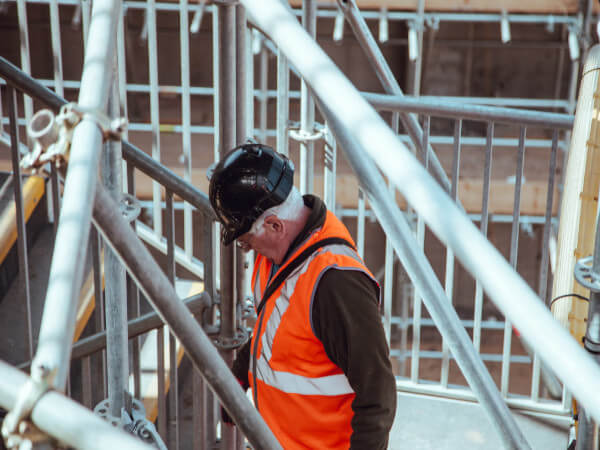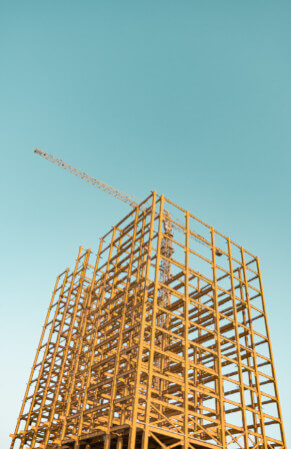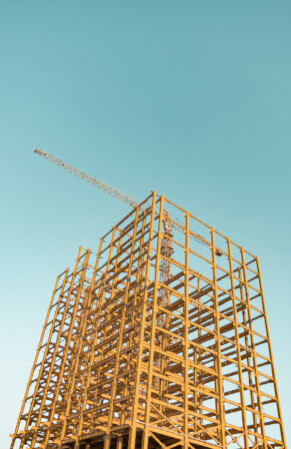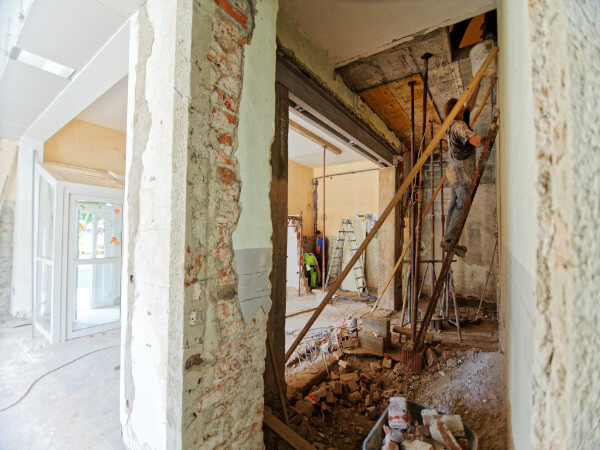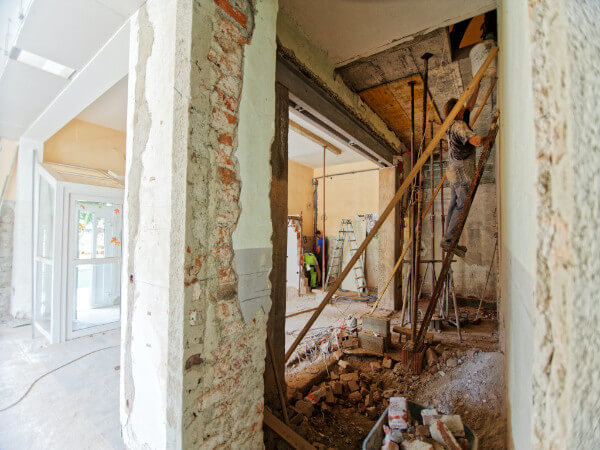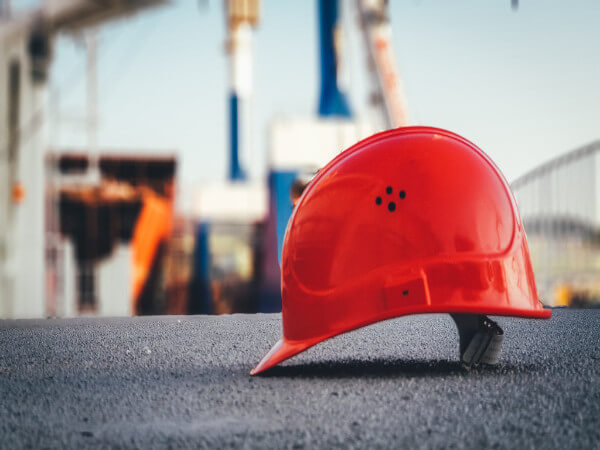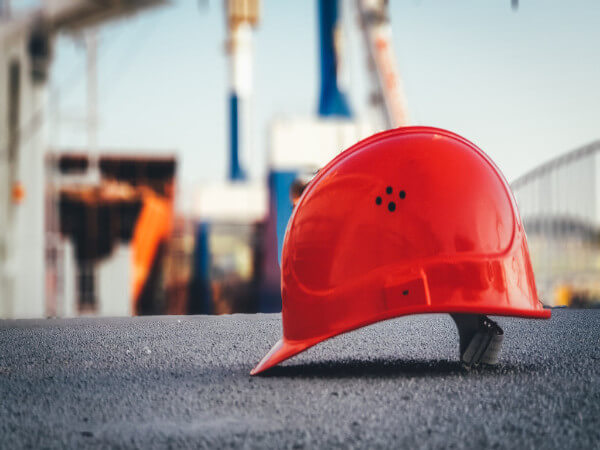To the contractors asking for a compact paver from Caterpillar: your wish has been granted.
Cat has filled the gap in its product offering with a new line of 8-foot size-class paver and screed combinations. The AP400, AP455, AP500 and AP555 asphalt pavers, along with the SE47 V and SE47 FM asphalt screeds, are designed for small, tight jobs such as narrow streets, driveways and small parking lots.
“Compact pavers and screeds offer opportunity to both large and small contractors,” says Cat sales consultant Jon Anderson. “For large contractors doing pullouts and shoulders, this is the perfect machine for that at a lower cost point. For smaller customers, it gives them the opportunity to move up and do some bigger jobs that they’ve always wanted to bid on but didn’t feel they had the equipment for.”
The SE47 V screed can be extended to any width between 8 and 15 feet 6 inches, with a maximum width of 20 feet. The SE47 FM screed offers a standard paving range between 8 feet and 15 feet 6 inches, with a maximum width of 20 feet 6 inches. Both screeds offer paving depths up to 10 inches.
“One of the hardest things is to do a job where the paver is too big and you’ve got to do everything at the very minimum width,” says Anderson. “It’s a real challenge, so this provides new opportunities.”
Easy to load or road
When moving between multiple jobs per day, equipment must be easy to haul. Cat says these 13- to 15-ton size-class machines don’t require special permits for transport and have convenient tie-down locations.
With a length of less than 18 feet 6 inches and width of 8 feet 6 inches, the pavers easily fit on trailers and can be hauled with other equipment. In addition, the front-loading angle of 17 degrees and high bumper clearance simplifies loading without the need for additional blocking material.
Roading it rather than loading it? Anderson says the versatile undercarriage design delivers “excellent traction and speed for traveling to the next starting point.”
The Cat Mobil-trac undercarriage design used on the AP455 and AP555 features a unique four-bogie system with self-tensioning accumulators and center guide blocks. This helps prevent slippage and reduce wear, while the oscillating bogie wheels help deliver smooth transitions when exiting the cut over transverse joints of mill and fill applications.
A simple wheel undercarriage design is also available with sand-rib or radial drive tire options. The AP400 can be equipped with a front-wheel assist option, while the AP500 can be equipped with front-wheel assist or the all-wheel drive option for increased performance on soft base materials or when pushing heavy loads.
Simple, intuitive operation
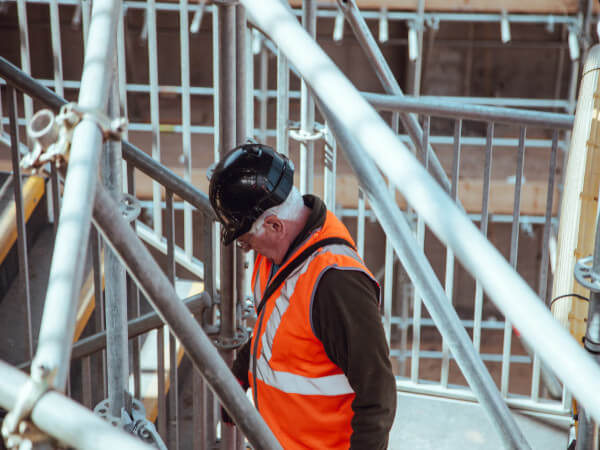
Simplified menu structures offer touch-screen activation from the main screen.Equipment WorldStandardized controls across the Cat paving product line make it easier to move crew members between machines and train new hires.
“We have some new, simplified menu structures that make it easier to make changes and a single-touch activation for the feeder system,” says Anderson. “The new display has fantastic visibility even in bright sunlight.”
The screed heat, fumes ventilation, vibration settings and the washdown system are all accessible with the touch of a button from the main menu, helping operators start faster and increase productivity.
Versatile new screeds
Screeds with rear or front-mounted extenders enable contractors to match their application needs. The SE47 V is a rear-mounted screed, meaning hydraulic extenders are behind the main screed. This design enables material to naturally flow out to the end-gates for smooth, stable performance.
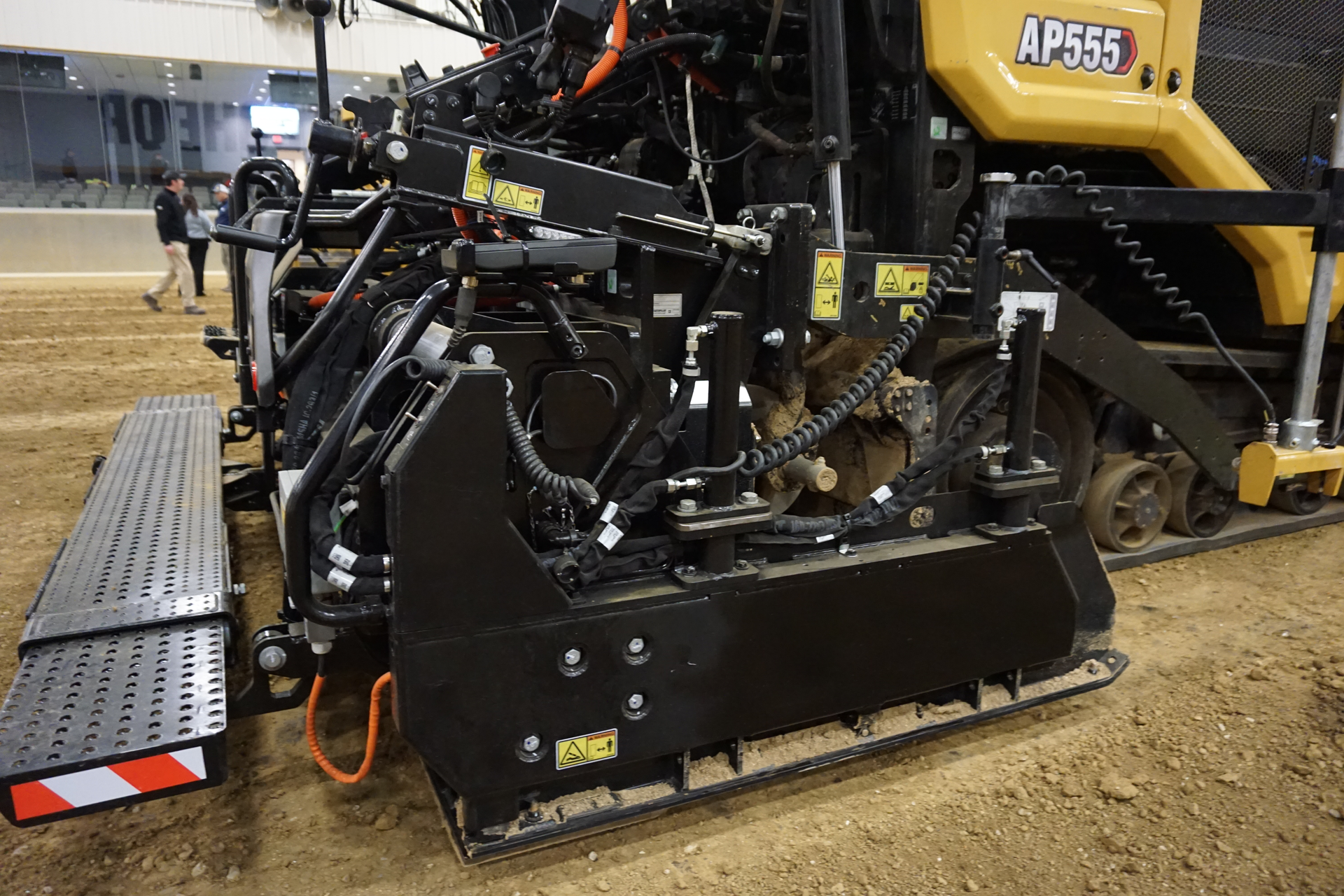
The SE47 V and SE47 FM offer efficient heating and simple adjustments.Equipment WorldRear-mount screeds are typically chosen by 25 percent of customers, and Pennsylvania-based Schlouch Incorporated is one of them. “Over the years our employees have consistently given us the feedback that the rear-mount screed works the best for them,” says Glen Powell, Schlouch paving department coordinator and project manager.
The crew at Schlouch has been field testing the AP455 with the SE47 V for the past year. Here are some of the reasons why they prefer the rear-mount screed:
Full catwalk: “It has a full catwalk. When you run the extensions out, the catwalk extends with it so they can continue to walk out to the end of the extension,” says Powell. This allows for excellent visibility when paving in neighborhoods around stormwater inlets. Durability, rigidity and weight: The setup is also well-suited for high-tolerance applications such as sport courts. “The added weight of the screed behind the machine gives us a nicer mat coming out from behind, gives us a little better compaction right behind the screed and allows us to achieve good results,” says Powell.
A front-mounted system may be a better option for contractors who frequently need to maneuver around obstacles like curbs and light poles. The SE47 FM is equipped with hydraulic extenders in front of the main screed and offers a smaller footprint that reduces handwork at the start of the paving pass. When the paving width is reduced, material is quickly drawn back into the auger chamber.
For contractors requiring wider paving capability, optional extension packages, as well as berm attachments, are available for the SE 47 FM.
Fuel-efficient power
Cat designed the new pavers with an eco-mode feature that pairs with automatic speed control to reduce fuel consumption. In most conditions, the engine can operate at a lower rpm and still deliver the required power to meet performance requirements. If needed, the engine will automatically adjust to a higher engine speed if certain load conditions are met.
The AP400 and AP455 have a 120-horsepower Cat C3.6 engine, and the AP500 and AP555 run on a 148-horsepower Cat C4.4 engine. Both engines meet Tier 4 Final emissions standards.
Enhanced visibility
Operators will immediately appreciate the enhanced visibility into the hopper and unrestricted forward view on these compact machines. The exhaust stack has been integrated into the new hood design and does not extend upward as it does on other Cat paver models. The pavers’ small footprint delivers excellent mobility in tight spaces and low-clearance applications.
“A few of the things we noticed right off the bat was the visibility around this machine,” says Powell. “Most notably, the elimination of a stack in front of the engine compartment. That now allows the operator to really see what’s in front of him, as well as a little bit lower hopper size on the machine. When you’re dumping trucks into the paver, the spotter that stands next to the machine can see in the hopper, see when it’s filled, see when the truck is empty and has better visibility into that area.”
Smooth material flow
Smaller augers deliver smooth material flow at narrow widths, helping contractors achieve quality targets. The 14-inch diameter augers efficiently move material through the auger chamber. Operators can control each material feed sensor when using cut-off shoes or when paving at narrow widths. Simply switch to manual and use the proportional control dial for the feed system.
Did you miss our previous article…
https://www.3555pacific.com/?p=646
